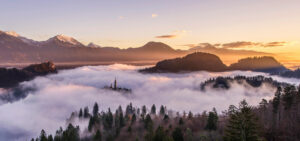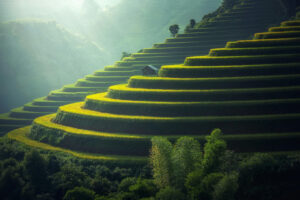What Camera to Buy for Landscape Photography
What Camera to Buy for Landscape Photography?
Landscape photography is a genre defined by patience, an appreciation for light, and an unwavering desire to capture the world’s natural beauty in breathtaking detail. Unlike fast-paced genres, a landscape photographer has time to think, compose, and make deliberate choices. The ideal camera for this pursuit is one that prioritizes image quality, resolution, and the ability to withstand the elements. This article will guide you through the key features to consider, helping you find a tool that empowers your creative vision without mentioning any specific models.
The Pursuit of Detail: Essential Camera Features
The best camera for landscapes is a tool that allows you to capture the scene with the utmost fidelity. The following features are paramount.
- High Megapixel Count: More megapixels mean more detail. For landscape photography, where you are often capturing a vast scene with intricate textures, a high-resolution sensor is a huge advantage. It allows you to create large prints and gives you the flexibility to crop your images without a significant loss of quality. A camera in the 24MP to 60MP range will give you plenty of flexibility.
- Wide Dynamic Range: Dynamic range is a camera’s ability to capture detail in both the brightest highlights and the deepest shadows of a single image. This is a critical feature for landscapes, as you are often shooting scenes with a wide range of light, such as a bright sky and a dark foreground. A camera with good dynamic range will give you more flexibility to recover detail in post-processing and create a more balanced image.
- Weather-Sealing and Durability: Landscape photography often takes you to places with unpredictable weather, from dusty deserts to damp forests. A camera with robust weather-sealing and a durable build is a major asset, as it will protect your investment from dust, moisture, and the occasional bump.
- Live View and Articulating Screen: Landscape photographers often use a tripod and a slow shutter speed. Live View, which allows you to compose your shot on the camera’s screen, is a huge convenience. An articulating or tilting screen takes this a step further, allowing you to compose your shot from low or high angles without straining your back.
- In-Body Image Stabilization (IBIS): While a tripod is a landscape photographer’s best friend, there are times when you can’t or don’t want to use one. IBIS helps to reduce camera shake, allowing you to shoot at slower shutter speeds handheld and still get a sharp image.
The Importance of Lenses and System
The lens you choose is as important as the camera body itself. For landscape photography, you will often use a wide-angle lens to capture the grandeur of a scene. A high-quality wide-angle lens that is sharp from corner to corner is a great investment. While autofocus and continuous shooting speed are not as critical for landscape photography, the image quality of the lens itself is paramount.
When choosing your camera, consider the entire system. Look at the range of lenses available for the system you are considering, as a camera system with a good selection of high-quality wide-angle and telephoto lenses will be a better long-term investment.

Summary: Your Grand Vista Captured
Choosing a camera for landscape photography is a journey in itself. Your ultimate choice should be based on your commitment to the craft and your budget. Focus on a camera with a high-resolution sensor, excellent dynamic range, and a durable, weather-sealed body. The most important thing is to remember that the camera is a tool. The real art of landscape photography is in your ability to see the light, compose the scene, and patiently wait for the perfect moment. The right camera is simply the one that helps you achieve that vision.



